POLYETHYLENE TEREPHTHALATE
PET
Polyethylene Terephthalate (PET) a strong, stiff synthetic fiber and resin, and a member of the polyester family of polymers. PET is spun into fibers for permanent-press fabrics, blow-molded into disposable beverage bottles, and extruded into photographic film and magnetic recording tape.
PET is the most widely recycled plastic. PET bottles and containers are commonly melted down and spun into fibres for fibrefill or carpets. When collected in a suitably pure state, PET can be recycled into its original uses, and methods have been devised for breaking the polymer down into its chemical precursors for resynthesizing into PET.
PET was first prepared in England by J. Rex Whinfield and James T. Dickson of the Calico Printers Association during a study of phthalic acid begun in 1940. Because of wartime restrictions, patent specifications for the new material were not immediately published. Production by Imperial Chemical of its Terylene-brand PET fibre did not begin until 1954. Meanwhile, by 1945 DuPont had independently developed a practical preparation process from terephthalic acid, and in 1953 the company began to produce Dacron fibre. PET soon became the most widely produced synthetic fibre in the world. In the 1970s, improved stretch-molding procedures were devised that allowed PET to be made into durable crystal-clear beverage bottles—an application that soon became second in importance only to fibre production.

APPLICATIONS
water and soda bottles, food packaging for cakes, cut fruit and salads and as retail blister and clamshell packaging for cosmetics, razors and toys, etc.
POLYETHYLENE TEREPHTHALATE

